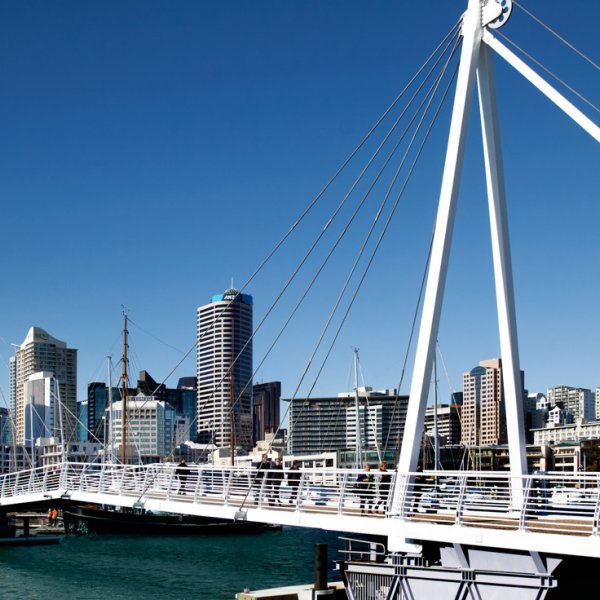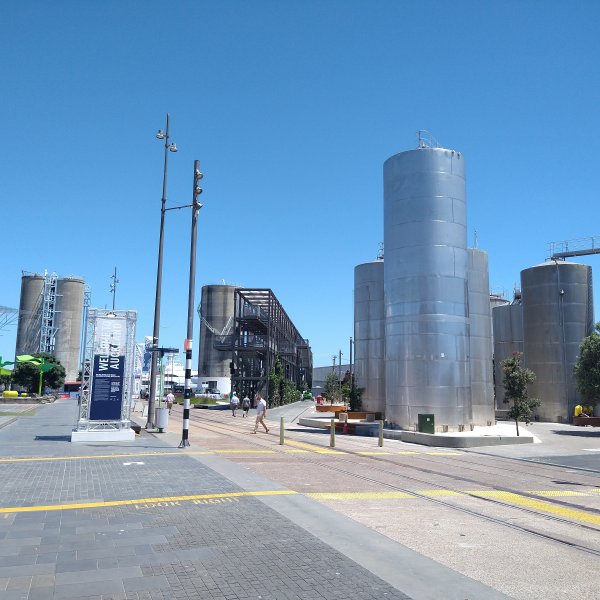Submission on High Street Improvements Proposal
Sent to Auckland Council via email, 18 August 2025
Heart of the City represents the interests of businesses and property owners in Auckland's city centre. We advocate for a vibrant, accessible, safe, and welcoming city centre that is a great place to do business.
We engaged with businesses and key stakeholders to inform our response to Auckland Council’s latest High Street Improvements Proposals. Feedback was sought on preferred design options, perceived benefits and concerns, impact on business operations and operational needs. Feedback incorporated in-depth interviews with longstanding business operators on High Street.
Their feedback reinforces a nuanced but consistent message. While there is support for improvements that enhance its vibrancy and pedestrian appeal, it must not be at the expense of operational viability.
A majority of businesses interviewees prefer Idea A, and there is a consistent high level of concern regarding negative impacts of vehicle restrictions which are present under all three Ideas.
Outlined below is a summary of our recommendations based on the feedback we have received from our businesses and key stakeholders.
HOTC Recommendation:
HOTC support development of a well-functioning and accessible city that is pedestrian-friendly. However, coming out of a decade of disruptive construction, we firmly believe a ‘pause’ is needed on further disruptive work following the completion of the CRL and Midtown regeneration, in order for the city to get back on its feet, to re-establish growth in foot traffic and to give business confidence that things are turning a corner.
We do not believe that any vehicle restriction is warranted, or needed, at any time on High Street. The traffic that does go through currently is relatively light, but important for those who do need it, and we cannot add further challenges to accessibility for customers and servicing functionality.
Furthermore, if either option B or C are adopted - we believe that targeted, direct financial support is provided for affected businesses for the duration of the construction period. Lessons must be learned from the CRL experience – the loss of numerous longstanding businesses as a result of construction works - and the long term damage caused to the area and loss of confidence in the whole city centre as a result.
We call on Auckland Council to:
- Allow a 1–2 year period after CRL completion before commencing works, giving the city time to recover and regain momentum.
- Adopt the least disruptive option (Idea A). Ensure completion is accelerated, not subject to delay, and well-resourced.
- Not include the use of bollards/vehicle access restrictions at any time, under any of the Ideas adopted.
- Before confirming decision, provide transparent cost breakdowns and real-world modelling.
- Invest in long-term maintenance of assets, lighting, and security infrastructure.
- Maintain delivery access, waste management, and business support throughout the project. Ensure loading and servicing needs are studied and met under any adopted proposal.
- Avoid duplicating underused civic spaces and focus on enhancing existing assets.
Bollards/Vehicle Access Restrictions:
A majority of interviewees expressed a strong level of concern over the proposed vehicle access restrictions, fearing it would lead to a decline in retail and more negative sentiment around lack of accessibility, and the impact on loading and servicing.
It was noted that Council data shows that current vehicle traffic on High Street is relatively light, but very important for those who do need it and any barrier to access would add challenges to accessibility for business customers, those with mobility needs and servicing functionality.
Shared spaces like Elliott Street and Jean Batten Place (with no vehicle restrictions) were cited as successful models.
Additional Interview Insights:
Businesses questioned the realism of the proposed budget and requested detailed breakdowns.
The consistent maintenance of lighting, waste management and public amenities were cited as crucial to long term success. Finding a sustainable way to address the recurring issue of evening rubbish accumulation is also considered critical.
While there was support for aesthetic upgrades and event-friendly spaces, interviewees cautioned against duplicating underused civic areas. There was a desire for gaps in infrastructure to be addressed. Specifically, drainage, shelter and public toilets.
Safety and accessibility improvements, including lighting, wayfinding, and CCTV, were also considered essential for sustainable improvement.
Interviewees expressed low confidence in Auckland Council’s ability to manage construction disruption.
Rationale for our recommendations:
Our recommendations are grounded in the clear and consistent feedback received from our businesses and stakeholders: improvements to High Street should not come at the cost of operational ease or economic recovery post CRL.
There is a favouring of practical, phased, lower-impact options that can be delivered quickly and with minimal disruption. In short, businesses are asking for a balanced, well-managed transformation that enhances the street’s appeal while protecting its commercial lifeblood.





